
Sometimes audiences can avoid revisiting a film they enjoyed because of its length, not wishing to commit hours of their time to something they have already seen and instead opting to watch something new. However, these films are much too tempting, offering so much more with every repeat viewing.
These choices range between two and a half hours and four hours in length, and yet many return to them numerous times. All of these films are phenomenal in their own right, and this piece will offer to discuss why we are compelled to immerse ourselves once again in the worlds these wonderful filmmakers conjure.
10. Ran (Akira Kurosawa, 1985)
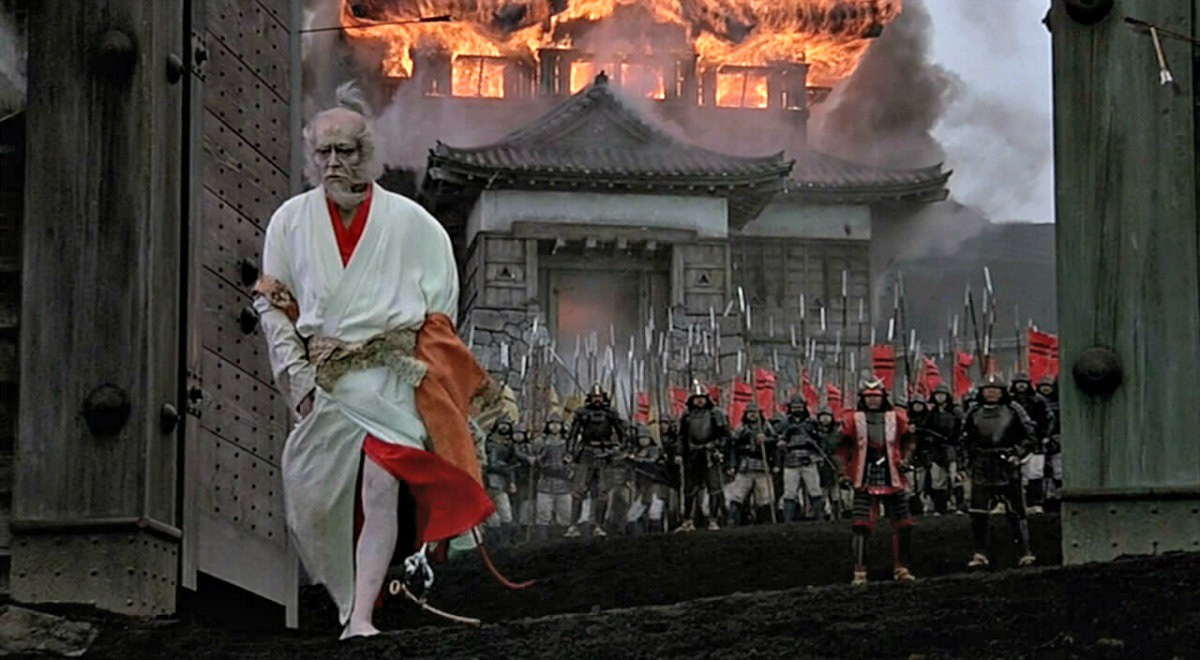
Although Akira Kurosawa’s 1954 four-hour epic Seven Samurai is one many of us return to, it is his fascinating adaptation of Shakespeare’s King Lear that remains the most exciting to revisit. Popular magazine Total Film recently hailed 1985’s Ran as “Kurosawa’s last great film”, and similarly, The Guardian regarded it as his “last great masterpiece”, and while it is not – that would have to be Dreams – it lives on as one of the paramount Japanese directors’ most significant achievements.
In the aftermath of an elderly warlord’s retirement, his three sons are corrupted when the promise of disproportionate power fails to please them, leading the powerful family members to turn on one other. The story it tells is everlasting, and has been imitated and revised many times over numerous art forms, but as you will know, Kurosawa always managed to surprise audiences; even with preconceptions, nobody could have expected Ran to succeed on such an epic scale.
The film is a triumph, containing some of the most extraordinary battle sequences and cinematography in cinema history, a history that the filmmaker had already played a substantial role in writing with such works as Rashomon, Ikiru, and the aforementioned Seven Samurai.
The attention to detail is beyond belief, as hundreds of costumes were made over the duration of two years by hand – obviously, every single effort translates to the screen. 1400 extras and 200 horses were used for the film, contributing to a vision of such grand scale that the director himself storyboarded through painting, as he often did. The sheer amount of work that went into this motion picture is inspiring, and provided even more evidence that the Japanese master was one of the greatest cinema had ever seen, or will ever see. Returning to Ran is a compulsory honour, and a pleasure.
9. Barry Lyndon (Stanley Kubrick, 1975)
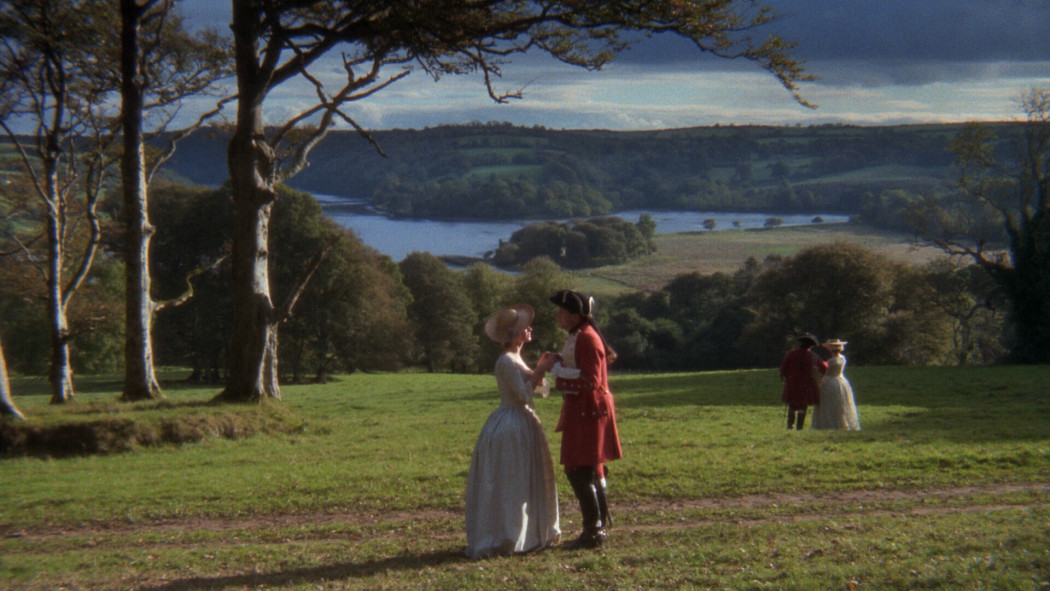
In recent years more and more academics and critics have began to consider 1975’s Barry Lyndon as Stanley Kubrick’s true masterpiece – when evaluating the career that provided us 2001: A Space Odyssey, Eyes Wide Shut and A Clockwork Orange, this is a bold statement indeed, and yet it is a veritably fair one.
When it was released it received some criticism, even from its leading man Ryan O’Neal, with the biggest deterrent coming from The Los Angeles Times, who described the film as “the motion picture equivalent of one of those very large, very expensive, very elegant and very dull books that exist solely to be seen on coffee tables.”
This tale of an Irish rogue in 18th century England is a unique blend of painting genres, filmmaking styles and still photography. Before filming, Kubrick asked production designer Ken Adam to study and take direct reference from artists such as Gainsborough, Hogarth, Reynolds, Chardin, Watteau, and Stubbs. This is because the film that Kubrick envisioned was a love letter of sorts to the art of painting.
To quote Kubrick himself: “I accumulated a very large picture file of drawings and paintings taken from arts books. These pictures served as the reference for everything we needed to make – clothes, furniture, hand props, architecture, vehicles, etc… The designs for the clothes were all copied from drawings and paintings of the period.” The work of the entire production team ensured that Barry Lyndon would become an unparallelled period piece.
The legendary perfectionist wanted to make the film feel as authentic as possible, for example there are a wide-range of influences on Kubrick’s decision to film using only candlelight during certain sequences; Gainsborough was known to draw using candlelight, and the director himself also cited the work of nineteenth-century painter Adolph Menzel for these scenes. This is such inspired filmmaking, and there are so many frames of referencing to appreciate that are impossible to take in with one viewing, or even several.
The genius of Barry Lyndon is not only in its sweeping narrative, but its encyclopedic reference to other art forms, and although it has been argued that Kubrick restricts access to the century he wishes to depict by using a twentieth century medium and directly replicating nineteenth century art, he disputably wasn’t striving to create a strict historical document. The sole purpose of the film was not to reflect the period, but instead, to reflect the art that became product of the period, and the period which, to a point, imitated its artistic product.
8. Betty Blue: Director’s Cut (Jean-Jacques Beineix, 1986)
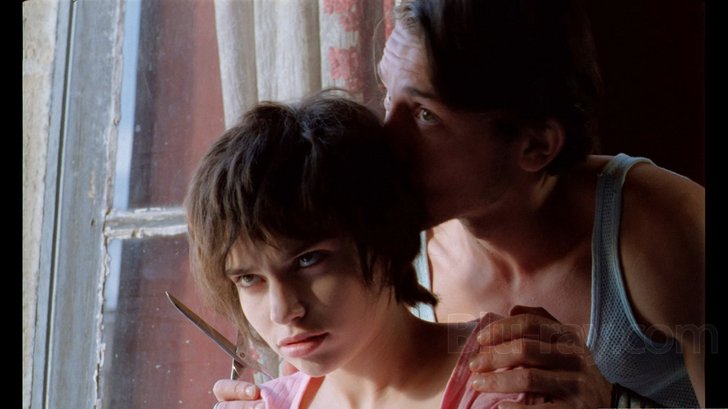
The theatrical release of Jean-Jacques Beineix’s Betty Blue – or its original title 37,2 Le Matin – is understandably a landmark of French cinema. It was nominated for Best Foreign Language Film at the Academy Awards in 1986, but sadly lost to Fons Rademakers’ The Assault. However, it was very financially successful and won over many adoring audiences, becoming the eighth highest-grossing film in France that year.
It was rediscovered in 2005 with the release of a stunning Director’s Cut, introducing an additional one hour’s worth of unseen material. This version quickly became the preferred cut of the film by much of its fan-base, solidifying it as a timeless and heartbreaking love story that will be returned to time and time again.
Celebrated French Actress Beatrice Dalle stars as the titular Betty in her breakout debut film role, a beautiful young woman who falls for a handyman whose literary aspirations are behind him. Believing him to be an undeclared genius, her erratic behaviour and confidence in him forces them to flee his mundane lifestyle in search of success and happiness.
It’s a breathtakingly romantic film, and watching their love blossom for much of the narrative is a precious and rewarding experience. This is without a doubt Dalle’s very best work, and we fall in love with her just as her lover Zorg (Jean-Hughes Anglade) does – she is reassuring, fulfilling, and genuinely in love; a vision of perfection cruelly afflicted by her declining mental health.
Watching such a supportive, fantastical yet also relatable relationship succumb to tragedy is upsetting, but it is the way that the film fearlessly addresses how mental illness used to be approached and treated that is truly devastating. Their relationship flickers between problematic and idealistic, but as Beineix acknowledges, our minds can somehow disallow us to be in control – and many lives are destroyed by this fact. It is not a perfect film, but one of countless perfectly performed and shot moments that we will often wish to return to – affirming love and the struggles of the mind time after time.
7. Summer of Sam (Spike Lee, 1999)
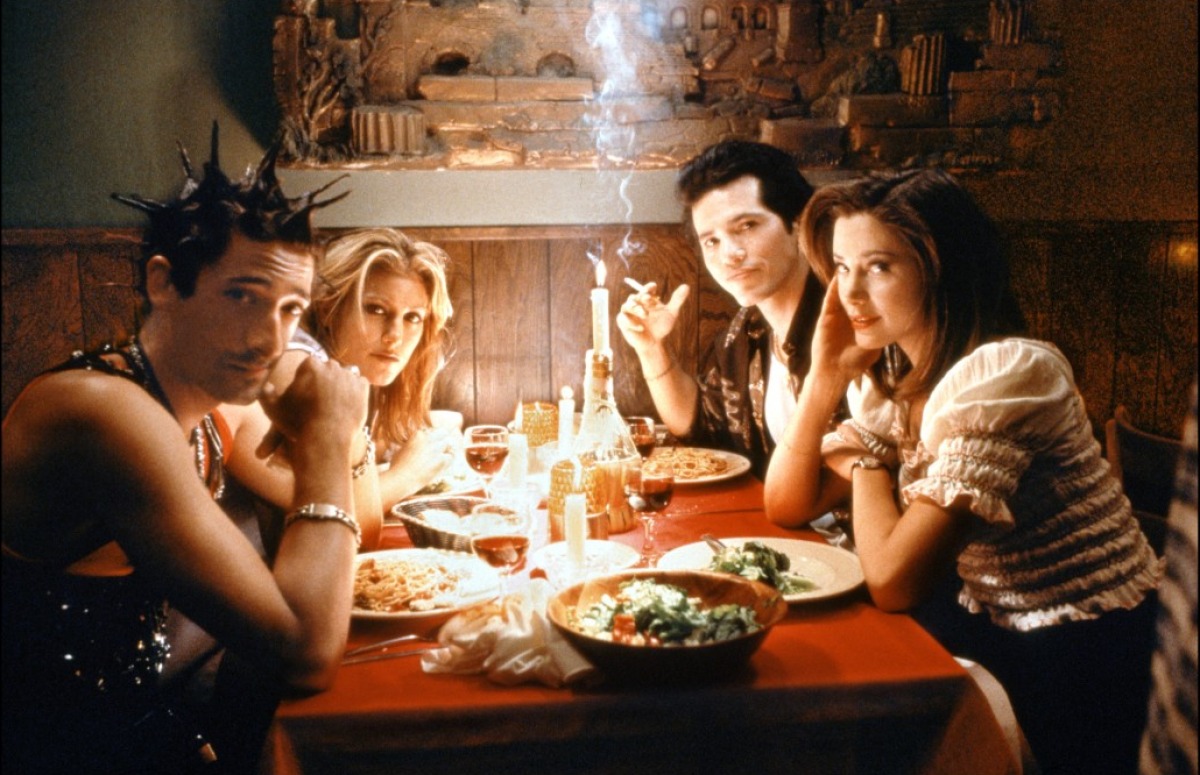
With the recent release of BlacKkKlansman, audiences are saying that Spike Lee has finally gotten his mojo back, but the problem is many of those saying that fail to cite many of his greatest achievements, simply choosing to lean on the exhausted “he’s never done anything better than Do the Right Thing” argument. He has been responsible for some great work in the twenty-first century such as 25th Hour and When the Levees Broke: A Requiem in Four Acts, although his most unsung is without a doubt his 1999 effort, Summer of Sam.
Set during the summer of ‘77, Lee offers his take on the “Son of Sam” killer, but rather than offering any concrete insight regarding the murders he uses the events as a framing device to set a scene of paranoia and fear in an Italian-American neighbourhood in the Bronx, New York.
The film tells the tale of two friends played by Adrien Brody and John Leguizamo who are rapidly drifting apart, settling into conflicting sub-cultures and experimental lifestyles. As the .44 Caliber Killer’s crimes pose a persistent threat, residents’ behaviour becomes defensive, beginning to cloud their better judgement to the point of anarchy.
The film wonderfully captures the wild spirit of seventies New York, and Spike Lee proves once again that he can utilise popular music to the same standards as the great Martin Scorsese. Terrifically performed and exquisitely paced, Summer of Sam is a film that holds up time and time again with repeat viewings. It is genuinely shocking that the film isn’t often regarded as one of the director’s very best films; here he achieves such mood, such style, and it feels just as refreshing now as it did the very first time. A severely underappreciated gem that aches to be reevaluated.
6. Short Cuts (Robert Altman, 1993)
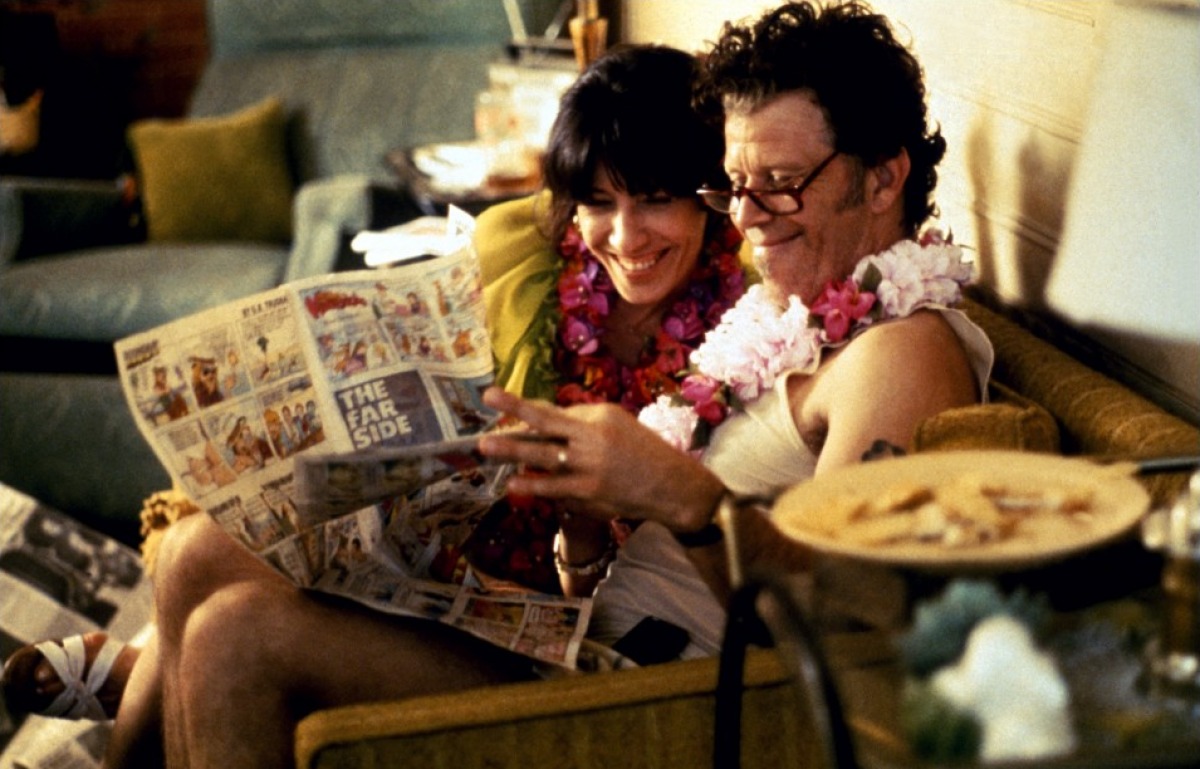
There really is so much to respect and admire about Robert Altman’s Short Cuts. It is life enhanced and captured, highlighting all of the comedy and drama in human interaction through a series of brilliant storylines, all amounting to a three-hour masterpiece that will never grow stale.
The film covers many narratives of those living life in Los Angeles, all of them experiencing different walks of life. It is a terrific examination of many different types of relationships and the way that our complex behaviour can influence and directly affect others.
The audience is taken on a tour of emotions, and it really wouldn’t be too bold to say that it is able to tell us so much about our own humanity without ever feeling phoney or preachy. The mood often shifts as the narrative begins to facilitate the many storylines it juggles, yet Altman manages to drastically alternate between different tales with ease, something he and another director to feature later within this piece make look bafflingly easy.
Despite being based on the writings of Raymond Carver, it is very much a continuation of the skill that Altman showcased in 1975’s Nashville. He gets great performances from all of his actors, with highlights from Tom Waits, Tim Robbins, Julianne Moore and Robert Downey Jr., just to name a few. They are clearly very excited to be working with Altman on such a fantastic script, which weaves together so many snapshots of life through the comedy of chance. Such an ensemble simply gives us further excuse to watch Short Cuts once a year, a film that gets better with age and deserves much more of a legacy.